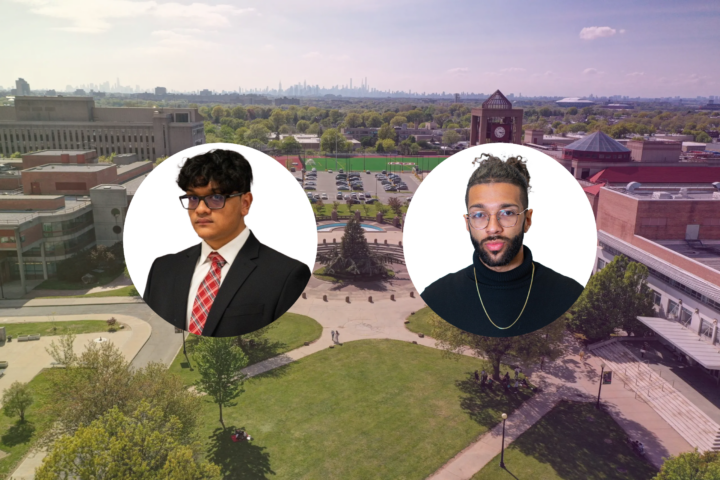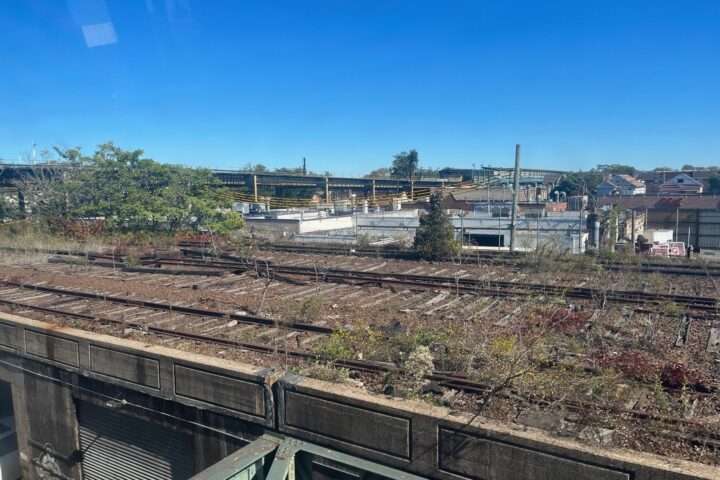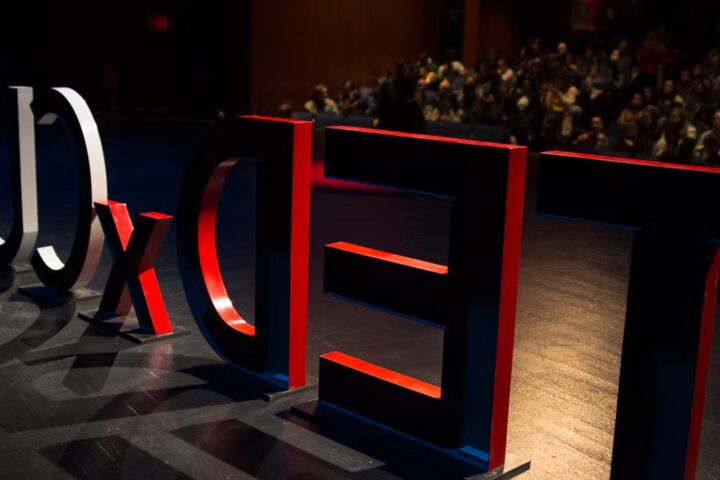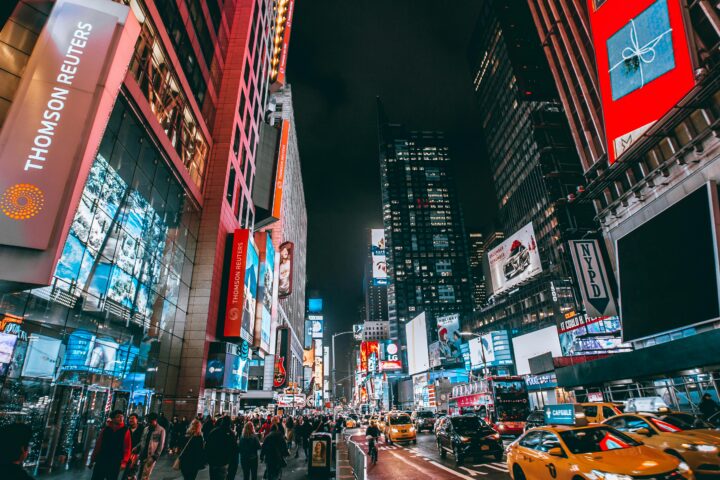In the upcoming primary elections on June 22nd, New Yorkers will be able to vote for mayor, public advocate, comptroller, borough president, and city council. This election will be different from ones in the past, though, as New York City will be debuting a new system of electing our public officials called “ranked-choice voting.” Unlike the traditional voting system we’re all used to where each person votes for only one candidate, the ranked choice voting scheme New York City is implementing allows you to rank up to five candidates in order of preference. When your votes are counted, if no candidate in the election gets a majority of the vote (i.e. over 50%), then the counting proceeds to another round. In this second round, those who voted for the eliminated candidate first will have their votes awarded to whoever was ranked second on their ballot. This will continue until a candidate has received over 50% of the vote.
So, why should we care that NYC is changing a voting system that’s been in place for decades? According to Q.C Political Science professor Michael Krasner’s view, this new voting system creates a more representative government. “For example…it’s quite possible that in the old voting system, someone with 25% or 30% of the vote could win because there are so many candidates in the Democratic Primary. That means the winner has the support of only a quarter or at most a third of the voters, but the other three quarters or two-thirds might strongly oppose that candidate.” In other words, where previously a candidate just had to focus on getting the greatest number of votes among what often was a crowded slate of candidates, they must now focus on getting a majority, rather than a plurality of the votes. Applying this to the current mayoral race, Eric Adams, who is the current polling front-runner at 23%, must still be approved of by a significant number of New Yorkers on their second or third place slots on the ballots in order to win.
Ranked choice voting also has the potential to reshape the dynamics and strategy of how local elections work in the city. With so many candidates in the primaries and those primaries effectively deciding the outcome of the November election in many cases (as NYC is one of the most heavily Democratic regions in the country), elections in the city have often been heavily influenced by the way certain voting blocs, such as unions and ethnic groups, align themselves with a particular candidate. This factor in voting blocs remains present in all elections, however with such a crowded electoral field, the relative importance and power of those individual blocs is magnified. Award winning statistician and writer, Nate Silver, points out in his website FiveThirtyEight that, with ranked choice voting, the power of individual blocs is lessened, therefore a more broad-based coalition than a couple of big voting blocs is necessary to win a particular race, one that does not rely only on a couple of big voting blocs.
This, however, cannot happen if you don’t vote. The NYC Board of Elections has several excellent websites on the relatively simple mechanics of ranked choice voting that you could consult if you need resources. As Krasner says, “Just follow your own instincts to rate the candidates in the order of your own preferences. It ain’t rocket science.”











